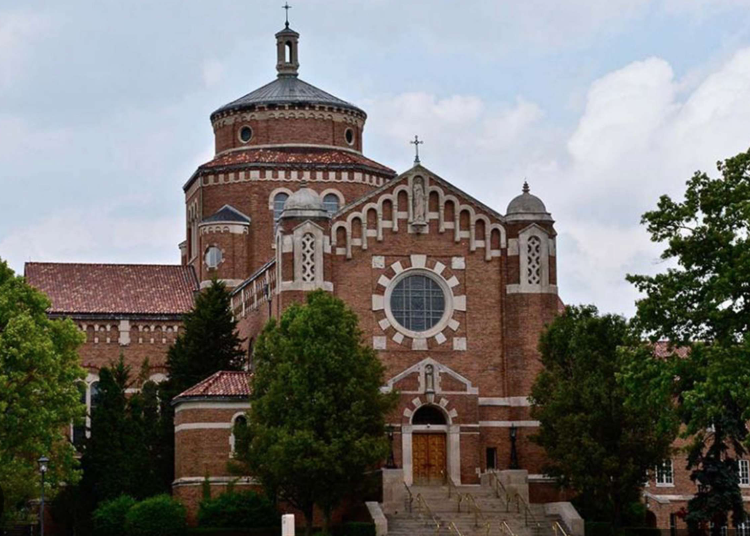
Four years ago, during the height of the coronavirus pandemic, the Felician Sisters convent in Livonia, Michigan, experienced a devastating loss.

Over a single month, starting on Good Friday, 12 sisters ranging in age from 69 to 99 years old succumbed to the virus. Sadly, a 13th sister, who initially survived the virus, later passed away due to complications related to COVID-19.

These sisters, all longtime members of the convent, left behind a profound legacy of service. Their contributions varied widely, from teaching and aiding at-risk children to playing music and authoring a 586-page book on the convent’s history. The sisters resided and worked on a sprawling 360-acre campus that once housed 800 sisters but now is home to only about 50.
The Livonia convent is part of a larger network of 60 convents in the U.S. and Canada, as well as a mission in Haiti, collectively accommodating 469 Felician Sisters of North America.
A BIG LOSS FOR THE COMUNITY
The loss of these 13 sisters marks one of the most significant losses to a religious community of women in the U.S. since the 1918 influenza pandemic, according to the Global Sisters Report, an independent Catholic news publisher.
In response to the pandemic, the convent had enforced strict no-visitor policies and restricted group activities starting in March. Despite these precautions, the virus infiltrated the community, leading to the first death on Good Friday, April 10, when Sister Mary Luiza Wawrzyniak, 99, passed away. Two days later, on Easter Sunday, Sister Celine Marie Lesinski, 92, and Sister Mary Estelle Printz, 95, also died.

WHO DID WE LOSE?
By May 10, the death toll had risen to 12, including Sister Thomas Marie Wadowski, 73, Sister Mary Patricia Pyszynski, 93, Sister Mary Clarence (Adeline) Borkoski, 83, Sister Rose Mary Wolak, 86, Sister Mary Janice (Margaret) Zolkowski, 86, Sister Mary Alice Ann (Fernanda) Gradowski, 73, Sister Victoria Marie Indyk, 69, Sister Mary Martinez (Virginia) Rozek, 87, and Sister Mary Madeleine (Frances) Dolan, 82. The convent faced immense challenges in providing care and conducting funerals, with only ten people allowed to attend each service.
Sister Joyce Marie Van de Vyver expressed the impact on their communal faith life, saying, “The faith we share with sisters as they are dying, the prayers we share with sisters as they are dying: We missed all that. It kind of shattered our faith life a little bit.”
By the end of June, the convent lost another sister, Sister Mary Danatha (Lottie) Suchyta, 98, to COVID-19. In total, at least 30 sisters in Livonia were infected, with 17 recovering. English noted that many survivors are still grappling with lingering effects such as weakness and respiratory issues.
This tragedy was not isolated to Livonia. Sister Mary Ramona (Florence) Borkowski, 93, from a convent in Lodi, New Jersey, also died from COVID-19 in April. Similarly, six sisters from various religious orders at Our Lady of the Angels Convent in Greenfield, Wisconsin, passed away between April and May.
As we remember these dedicated women four years later, their legacy of service and devotion continues to inspire those who knew them and those who learn of their sacrifices during one of the most challenging times in recent history.




Not a single one should have died.
Ivermectin worked, even when started after being sick enough to be admitted to hospital. Many many stories that supported this fact, which is still being confirmed by multiple independent studies.
Ivermectin helped me get out of bed with a horrible flu in less than 3 days.
HCQ has been proven to be effective as a preventative.
No one who treated themselves with Ivermectin was hospitalized. This was a ‘safe and effective’ treatment the murderous FDA, CDC, and NIH decided to attack as ‘dangerous.’ What they recommended was not safe, nor effective, yet cost the world billions of dollars, while only delivering a higher death and disability rate than any other ‘treatment’ in the history of medicine.